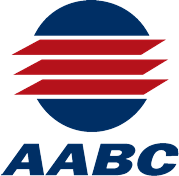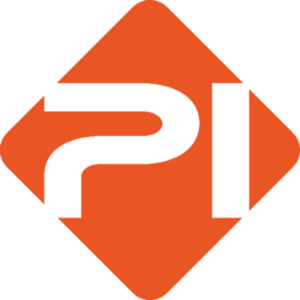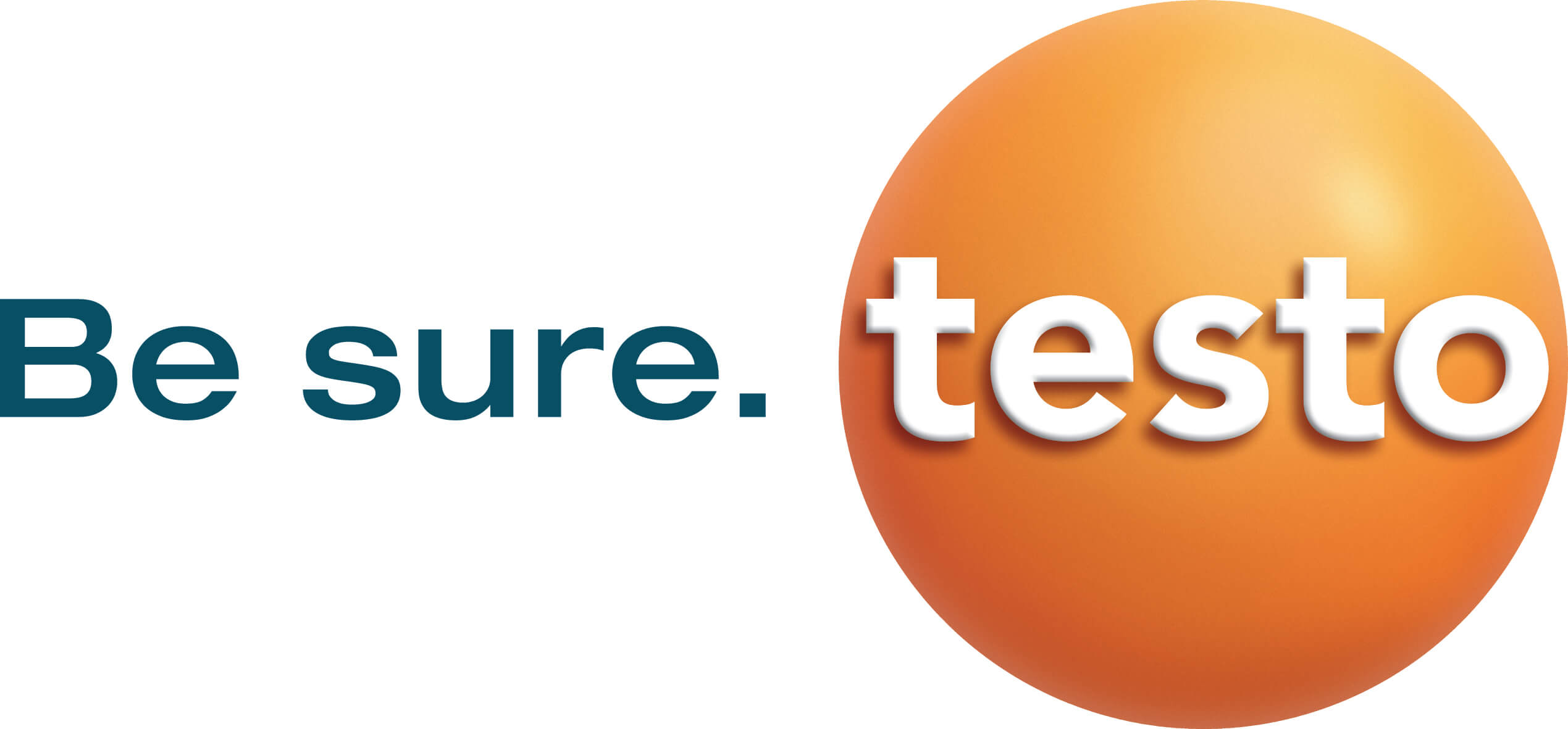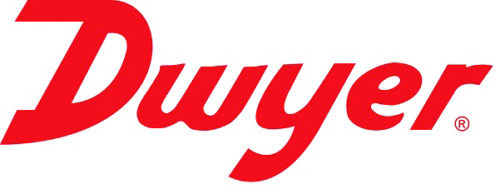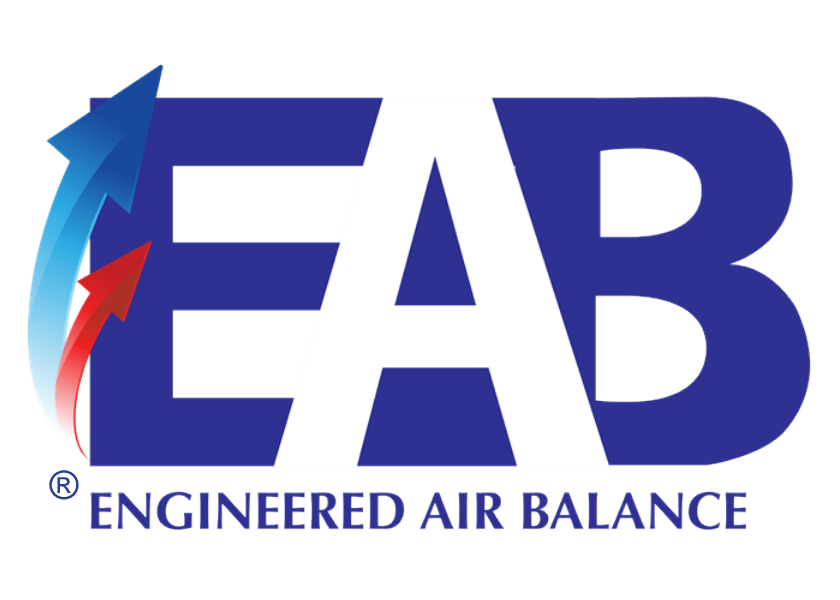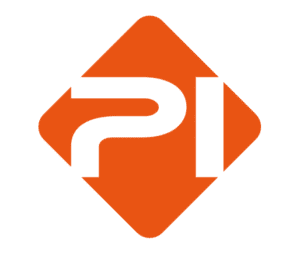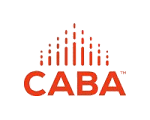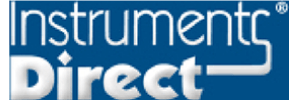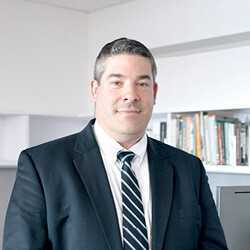
Pandemic Operation, Carbon Reduction, and YOU! How these new design strategies impact the commissioning process
Building commissioning has become increasingly prevalent in today’s healthcare/laboratory
marketplace due to the complexity of the Building Systems, Increase in LEED practices, and the AIA
Guidelines for Design and Construction of Healthcare Facilities. This session will discuss the variety of Pandemic HVAC designs that leading healthcare institutions are incorporating and how this will impact future commissioning efforts. Since there are no standards/guidelines – everyone is taking a different approach.
The quality of design, construction, start-up, and operation of healthcare facilities varies from region
to region. We’ll show case studies of various projects from 15,000sf to nearly 2 million sf. We will discuss strategies of new greenfield projects vs renovations vs projects that incorporated Pandemic modes during construction.
Additionally, we discuss several HVAC design strategies that are being applied to help achieve the
2050 Net Zero Carbon goal to these high energy consuming buildings. Overview of how these design concepts will impact future technologies, space allocation, and commissioning efforts.
Learning Objectives:
- What are some of the different Pandemic HVAC design strategies are how they are impacting the commissioning process?
- How Net Zero Carbon HVAC design strategies are impacting the commissioning process.
- The increasing complexity of the HVAC equipment and Building Automation system to control and optimize these new HVAC design concepts.
- What key points do commissioning authorities need to understand about these designs for your commissioning review

Understanding Balancing and Fundamental Steps to Balance and Optimize Hydronic Systems
The goal of every HVAC installation is to provide the desired indoor climate at the lowest possible energy cost.
Today’s advanced control technology means that, in theory, achieving this goal is possible. In practice, however, even the most sophisticated controllers don’t always perform as promised.
Condensing boiler and chiller efficiencies are directly influenced by the return water temperature with a potential efficiency loss of up to 10-15%, which can be directly related to balancing. Proper balancing with pump optimization can reduce energy costs by 30-40%. The use of Dp controllers to improve controllability will also be discussed. A hydronic system can only perform as specified if the three key conditions for hydronic control are fulfilled. These key conditions are:
1. The design flow must be available at all terminals.
2. The Dp across control valves must not vary too much.
3. Primary Flow should be ≥ Secondary Flow.
The best way to attain these three conditions is to perform balancing. Balancing can help troubleshoot issues ranging from incorrectly implemented balancing calculations to assembly errors such as incorrectly installed check valves, and blocked filters. It allows you to immediately reveal the effects of any disturbances, identify the cause and take corrective measures to achieve optimal system performance. This presentation is a summary of IMI TAs’ expertise in the three key hydronic conditions and talks about issues like low delta T, unstable controls, the cause and the solutions to those problems, and the advanced tools available to support system diagnostics and balancing.
Learning Objectives:
- Cause and solution for the delta-T issue in the chiller.
- Importance of balancing and learning strategic manual balancing methods using the rule of proportionality. Introduction to some latest tools and solutions for balancing and diagnostics.
- Understanding control valve authority, operation, and the importance of differential pressure control.
- Importance of balancing the primary and secondary side of a hydronic system.
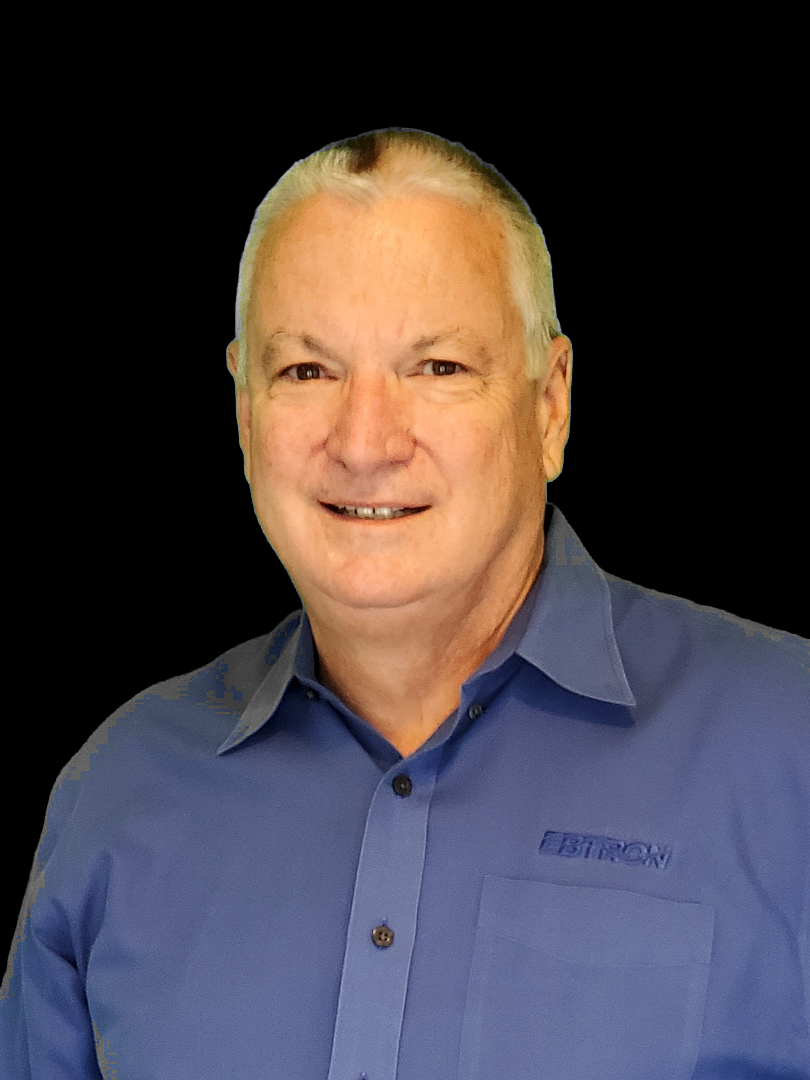
Outdoor Airflow Measurement: Challenges and Best-practice Solutions
Learning Objectives:
- Understand why wind, stack and fan speed changes affect outdoor air intake flow rates.
- Recognize intake design deficiencies that lead to inaccurate measurement.
- Understand the strengths and weaknesses of the most popular airflow measurement technologies (both handheld and permanently mounted).
- Learn a “best-practice” approach to field measurement and understand when verification, rather than calibration may be the best solution for many applications.

TAB & Cx Coordination
The leadership of our related associations often speak about the unique value proposition which the AABC, the ACG, and the EMA offers to the members of all three associations – The Authorities in Certification. The real focus for our associations should be on how the combined services of our professional members come together to benefit an Owner. The reality is that properly combining and coordinating energy management skills, TAB services, and professional commissioning will maximize the overall value of these services to an Owner. The real need for most Owner’s Facilities and Maintenance organizations today is for experienced and skilled facilities professionals that can be entrusted with their limited resources. This presentation will provide examples of processes that intertwine AABC, ACG, and EMA skill sets to become an extension of an Owner’s facilities and maintenance staff. The result of these relationships are not more fancy reports listing endless problems but actual performance improvement in the facilities. This is of course an optimal result for the Owner but also a very successful business model for the service provider. The services delivered through this holistic approach become difficult to discern the exact boundaries of where each traditional trade starts and stops.
Learning Objectives:
- How can Energy Management, TAB, and Commissioning professionals work together seamlessly in the Owner’s best interest to form a recurring service model.
- How can a process of continual energy consumption and cost analysis be combined with ongoing commissioning to result in continual performance improvement.
- What types of TAB services are valuable to the continual improvement process and when are they needed throughout various stages of existing facility management.
- Recognize real-world scenarios of how an EMP, TAB, CxA can become an integral part of an Owner’s facilities and maintenance resources.
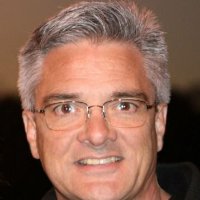
Demand Control Ventilation Applications
Paul Fuson, Siemens
Dynamic control of ventilation (DCV) is now recognized as the leading means to ensure occupant safety, health and comfort while minimizing the energy operating cost. Whether we are talking about an office building trying to achieve WELL Building certification or a chemical laboratory trying to control ventilation rates to reduce hazardous exposure risk, the basic concepts are the same. In all cases, TAB and Commissioning professionals play a key role in successful implementation of these systems. This presentation will cover:
- The spectrum of airborne contaminants and hazards that drive requirements for ventilation, measurement, and control
- How DCV impacts selection and sizing of airflow control devices
- Comparison of two technological approaches to contaminant measurement: discrete vs centralized monitoring
- New commissioning activities needed for DCV systems
Learning Objectives:
- Identify how various airborne hazards drive requirements for measurement, ventilation rate and control response time
- Identify how DCV changes the sizing and selection of airflow control devices from traditional ventilation approaches
- Identify the different features and capabilities of Discrete and Centralized Environmental Monitoring Systems used in DCV
- Identify the new commissioning activities required for successful implementation of DCV
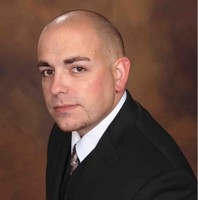
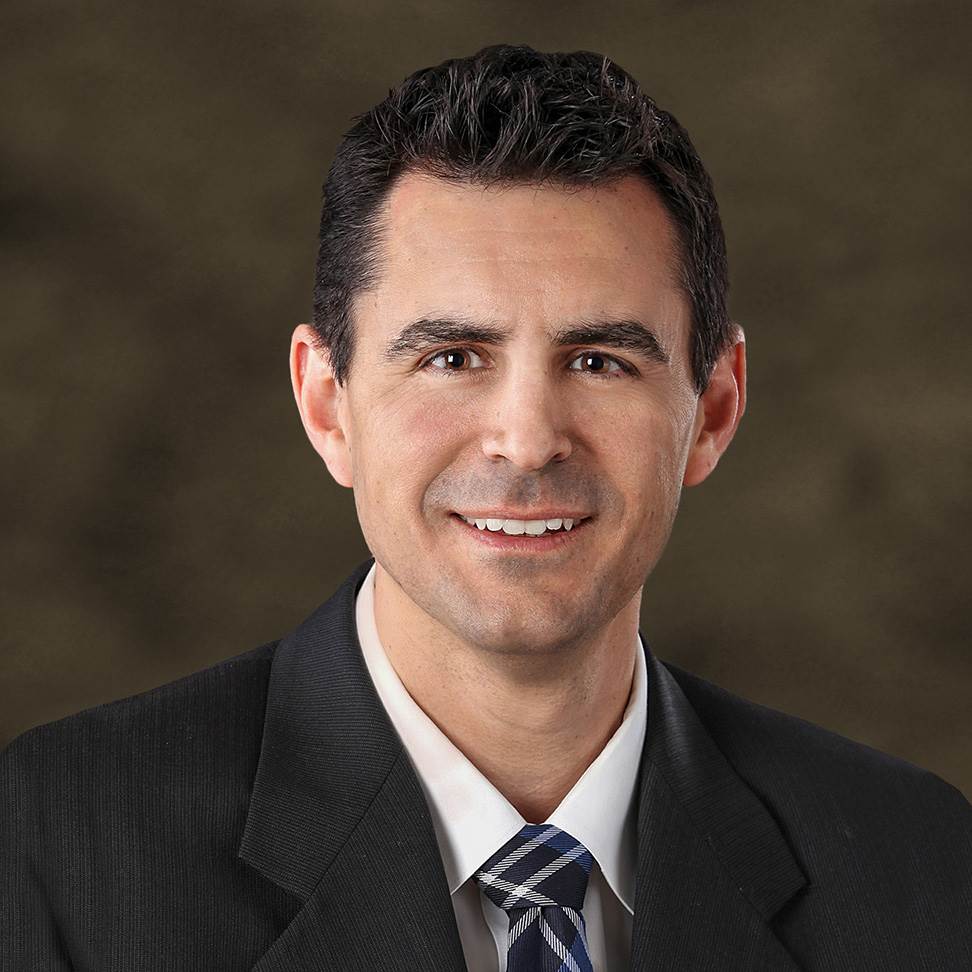
Design and Commissioning: Evaluating the Interface with TAB on Projects
Justin Tabor, CxA, Hanson Professional Services
Bradley W. Perrott, PE, Leed AP, EMP, Hanson Professional Services
This session is meant to discuss how TAB is an integral part of a successful project for the
design engineer and the commissioning provider. The importance of TAB and what TAB
technicians can look for within the drawings and specifications for different HVAC systems will
be discussed. The review of the TAB report by the design engineer and commissioning
provider and the key information that both are looking for in the preliminary TAB reports will also
be discussed. Finally, the interaction of the TAB technician and the commissioning provider will
be discussed and cover the process and required measurements that are needed to start the
functional performance testing process.
Learning Objectives:
- Discuss the engineer’s TAB specifications and what TAB technicians need to be aware of
- Discuss possible ways that TAB firms can work with/through Cx providers when they have questions on the TAB specification
- Review key information needed from a preliminary TAB report from both design and commissioning (Cx) perspective
- Review functional performance testing process and the required measurements needed to start functional performance testing

Creating a People Strategy That Elevates Your Business
Traci Scherck, Elevated Talent Consulting
People make your organization run, delight your customers and produce the outcomes you expect. There is a secret to ensuring that your people stick around, feel appreciated and perform at their best. It is a People Strategy. Finding, hiring, retaining and growing your people into the technicians, leaders and future owners is critical to your success. This presentation will walk you through the different areas of a people strategy, provide you with tools to implement your own tricks to increase your employee retention, and actually have the opportunity to have dinner with your family, as long as you delegate. In this session, you will start to create the plan that you can implement into your day to day business with resources that make it easy.
Learning Objectives:
- What is a people strategy?
- How does a people strategy impact your business and you as the owner?
- How does a tactical HR plan create trust and alignment with your team?
- Why does a strategic HR process generate additional revenue for your organization?

Succession Planning: Insuring your Success and Theirs
“If someone had only told me…”. During this session, we will discuss the succession planning process and the things you need to be aware of that will save you time and money. If you get this process wrong, it could cost you thousands. Learn from the experience of others who have gone before you. We will cover some of the mistakes others have made and what they learned before and after the deal was signed. You will want to get started now. Don’t wait until it’s too late.
Learning Objectives:
- Learn the critical importance of Succession Planning
- Understand the importance of delegating and empowering leaders
- Hear what others wish they had known before they started the process
- Find ways to get your money out of your company
